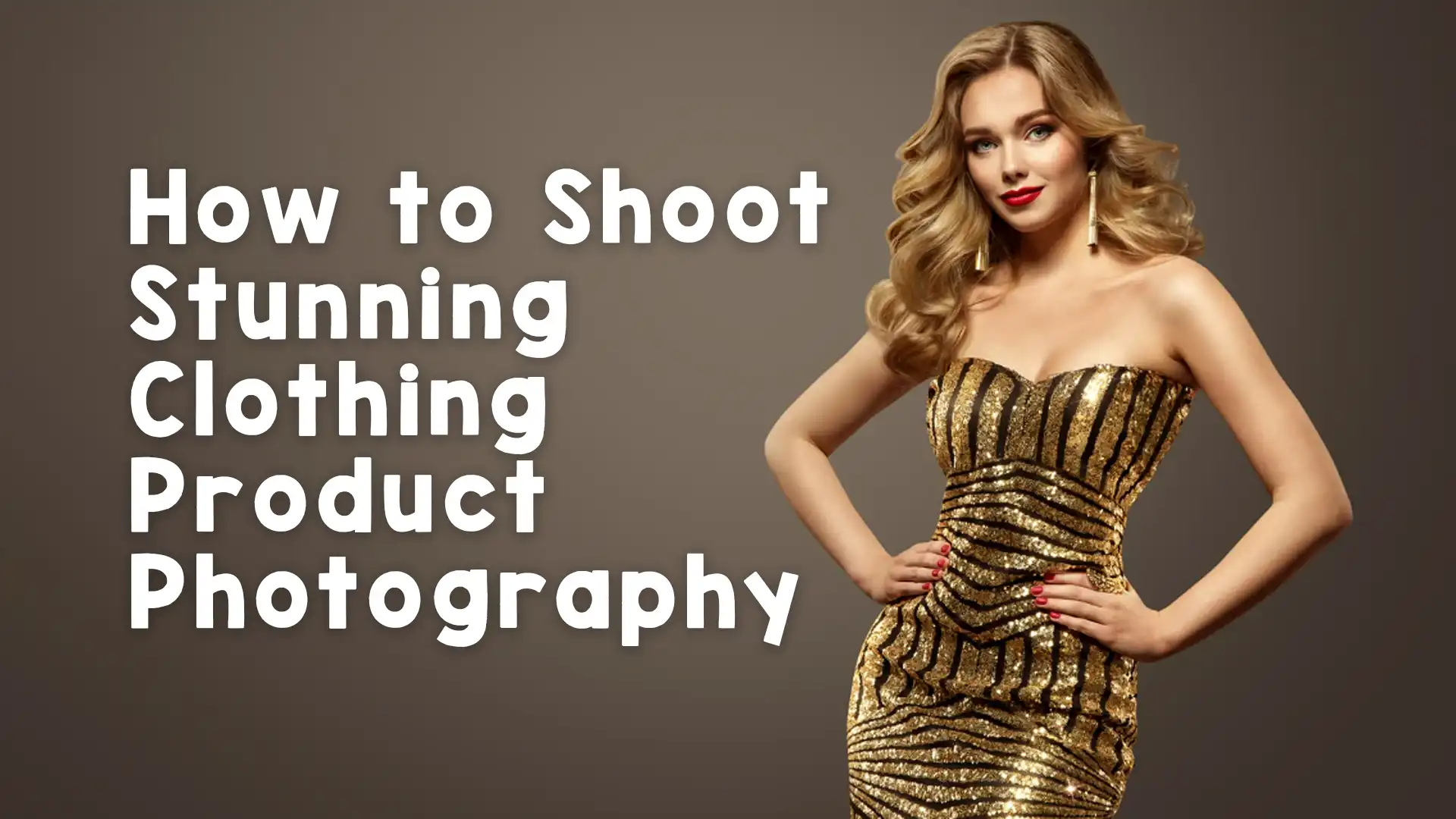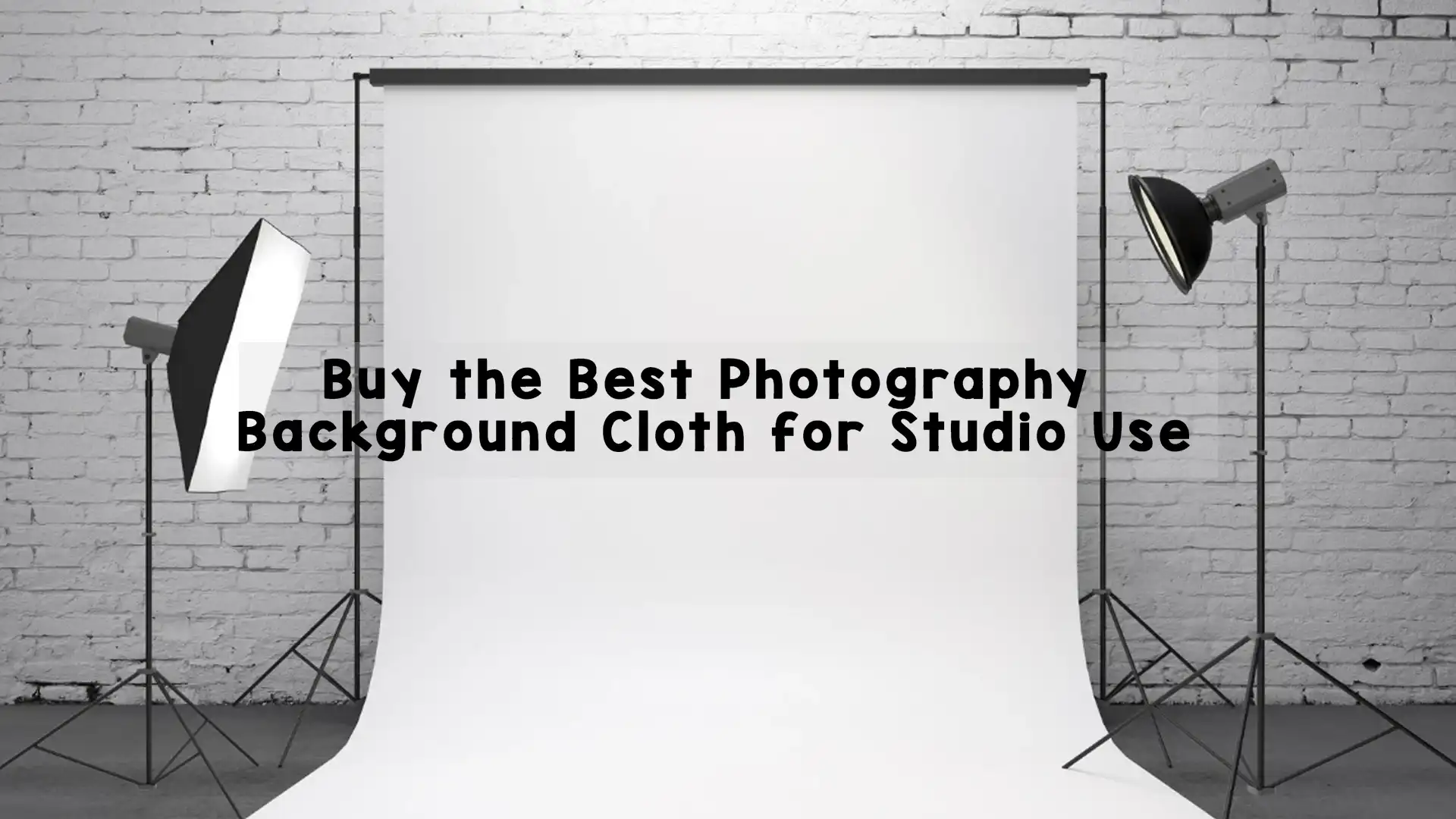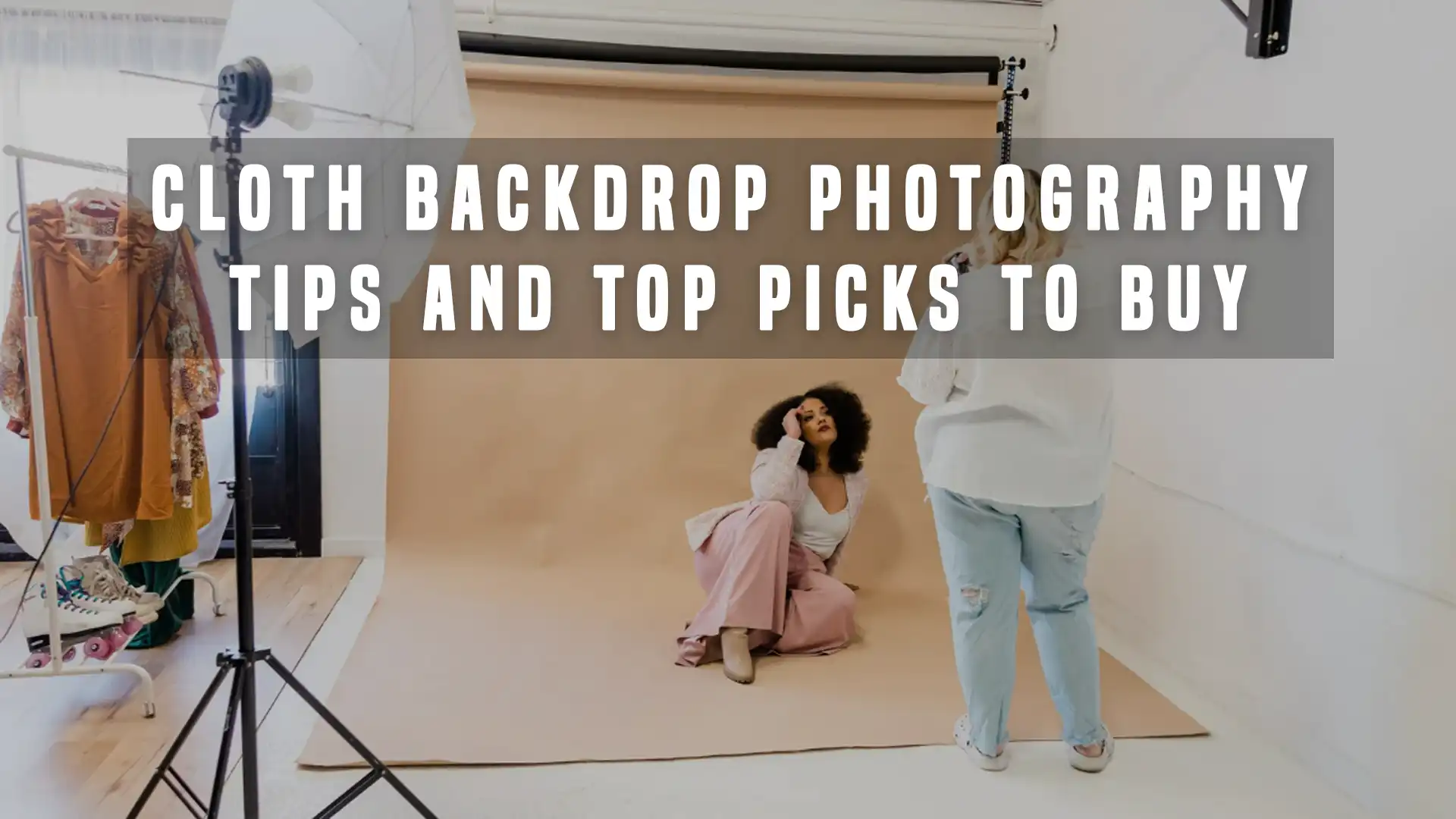In today’s online shopping world, photos matter more than ever. When people buy clothes from online stores, they rely on images to make their decisions. Since they cannot touch the fabric or try it on, clear and attractive pictures are the only way they can judge a product. This is why clothing product photography has become so important for brands, designers, and sellers. A good photo can make someone click “buy,” while a bad one can make them close the page.
In this article, you will learn everything about clothing product photography—from setting up the shoot to editing the final images. If you are a fashion brand, a small business owner, or a beginner photographer, this complete guide will help you understand how to take beautiful clothing photos that look professional and make your products stand out.
Why Clothing Product Photography Is Important
The first reason clothing product photography is important is that it builds trust. Shoppers want to see clear, bright, and accurate photos before making a purchase. If your images look blurry, dark, or confusing, people may think the product is low quality. On the other hand, professional-looking photos create confidence in the buyer.
Another reason is that strong images help tell your brand’s story. Whether your clothes are fun and colorful or simple and elegant, good photography shows the personality of your brand. This helps customers connect with your products and remember your store.
Finally, good photos help reduce returns. When people receive clothes that look different from the pictures, they often return them. But if your clothing photos are honest and detailed, customers are more likely to be satisfied with their purchase.
Planning Your Clothing Photoshoot
Before picking up your camera, it’s important to plan your shoot. Good planning helps you save time, avoid mistakes, and stay organized. First, make a list of the clothing items you want to shoot. Clean, steam, and prepare each garment in advance. Wrinkles or loose threads can ruin a shot, even if your lighting and camera work are perfect.
Next, decide how you want to style your shoot. Will you use a live model, a mannequin, or go for a flat lay? Each method offers a different look. Models help customers visualize the fit and movement of clothing. Mannequins are useful for showing shape without needing a person. Flat lays are great for casual and creative shots.
Make sure your background is clean and simple. White or light grey backgrounds work best for e-commerce, while textured or colored backdrops may be used for lifestyle shots. Thinking through these details ahead of time is key to understanding how to shoot stunning clothing product photography.
Choosing the Right Setup and Space
For clothing product photography, the space you use matters a lot. You don’t need a fancy studio, but you do need a clean and well-lit space. Many people use a corner of their home or office with a plain background, such as a white wall or a backdrop sheet. Make sure there’s enough room to hang or display clothes and place your lighting equipment.
Lighting is key. Natural light works very well, especially if you shoot near a window on a bright day. However, avoid strong sunlight because it creates harsh shadows. If you shoot indoors, softbox or umbrella lights can help spread the light evenly. The goal is to light the clothing from different angles so the color and texture show clearly.
Choosing Between Models, Mannequins, or Flat Lay
There are three common ways to photograph clothing: using live models, mannequins, or flat lay (placing clothes on a flat surface and shooting from above). Each method has its pros and cons.
Using a model shows how the clothes fit and move. It adds a human touch and gives shoppers a better idea of how the clothing might look on them. However, hiring a model may cost more and take more planning.
A mannequin is a great middle option. It shows the shape of the clothing without needing a person. Ghost mannequin photography is even more advanced—it removes the mannequin during editing so the clothing looks 3D and natural.
Flat lay is simple and budget-friendly. It works well for t-shirts, accessories, or small items. However, it doesn’t show how the clothes fit or hang on a body.
Choose the method that fits your brand style and resources. Many stores use a mix of all three for variety.
Camera and Lens Choices
You don’t need an expensive camera to start with clothing product photography, but using a DSLR or mirrorless camera gives better results than a smartphone. These cameras let you control settings like focus, brightness, and sharpness. A 50mm or 85mm lens is great for clothing photos because it shows real-life shapes and avoids distortion.
Always use a tripod. It keeps the camera steady and helps you take clear, sharp pictures. A tripod also helps you keep angles consistent between different shots, which is important when you shoot many pieces of clothing for your website.
Camera Settings for Better Results
When taking pictures of clothes, your camera settings play a big role. Use a small aperture, like f/8 or f/11, so the whole clothing item is in focus. Set a low ISO, such as 100 or 200, to avoid grainy images. Adjust your shutter speed based on your lighting, and use a remote or timer to prevent camera shake.
Take test shots before the real shoot. Check how the fabric looks on screen and adjust your settings as needed. If the lighting or colors look off, try moving your lights or changing the white balance.
Taking the Shots: Angles and Views
In clothing product photography, taking just one photo is not enough. Show the front, back, sides, and close-ups of each clothing item. For example, take close-up shots of fabric textures, buttons, zippers, or patterns. These small details help buyers understand the quality of your clothing.
Make sure the clothing fills most of the frame. Leave some space around the edges, but don’t zoom out too far. Keep the camera straight and avoid tilted angles unless you’re doing creative shots for social media or marketing campaigns.
Make sure each photo looks clean and organized. Keep the clothing centered and free of wrinkles. Use even lighting so shadows don’t hide any part of the design.
Background and Styling Tips
The background should not take attention away from the clothing. A plain white or grey background is perfect for online stores. It looks clean, bright, and professional. For lifestyle photos, you can use interesting locations or props, but keep it simple. The clothing must still be the main focus.
Styling matters too. Use clips, pins, or tape on the back of the clothing to make it look more fitted. For example, you can pin a dress from behind to show how it would look on a person. These tricks help the clothes look better without editing.
Editing and Post-Production
Once the shoot is over, the real magic begins in the editing process. Even if your photos look good, editing makes them better. This step includes removing background distractions, adjusting lighting, fixing colors, and sharpening details.
Editing helps the clothes look neat and true to life. One common edit in clothing product photography is color correction. You want the clothing in the photo to match the actual product in real life. If customers get a product in a different color than shown online, they may be disappointed and return it.
You can use photo editing software like Adobe Photoshop or Lightroom. If you don’t have time or editing skills, you can use professional services to do it for you. This saves time and ensures your images are ready for e-commerce platforms.
Common Mistakes to Avoid
Some mistakes can ruin your clothing product photos. One common error is bad lighting. Dark or uneven lighting hides details and changes the clothing’s color. Always check your lighting before starting.
Another mistake is skipping garment preparation. Wrinkled clothes make your product look cheap, even if it’s high quality. Take the time to steam and clean each item.
Shooting with a messy or colored background is also risky. It can distract buyers and make your store look unprofessional. A plain background is always a safe choice.
Also, avoid taking just one photo of each item. Show all views and details so buyers know exactly what they’re getting.
Keeping a Consistent Style
If you’re selling many products, your photos should have the same style. This includes using the same background, lighting, and angles. A consistent look helps build a strong brand identity and makes your online store look professional.
You can create a simple guide for your photo shoots. Write down the camera settings, lighting positions, and editing steps you use. Follow this guide for every shoot. This helps your team stay organized and keeps your photos looking the same across your whole website or catalog.
Using Clothing Photos for Marketing
Besides selling on your website, you can use your clothing product photography for advertising. Post your best photos on Instagram, Facebook, or Pinterest. Use them in email newsletters, blog posts, and ads. Good photos attract attention and make people want to learn more about your brand.
Make sure the image sizes match the platform. For example, square photos work best on Instagram, while wide images are better for website banners. Add simple captions or product names so people can easily shop from the photo.
How Image Work India Can Help You
If you want to improve your clothing product photography and save time, Image Work India is here to support you. We are an expert image post-production company that works with photographers, fashion brands, and online sellers.
Our services include background removal, ghost mannequin effects, wrinkle removal, color correction, and professional photo retouching. Whether you are shooting clothes for an online store, a catalog, or social media, our editing team can make your photos look clean, polished, and ready to impress your customers.
At Image Work India, we help businesses all over the world present their products in the best possible way. You focus on taking the shots, and we’ll handle the editing.
Final Thoughts
Learning clothing product photography is a valuable skill for anyone selling fashion online. When done right, it helps your brand grow, attracts customers, and boosts sales. You don’t need fancy equipment to get started—just the right setup, good lighting, and careful preparation.
With clear images, honest details, and professional editing, your clothing photos can tell the perfect story. And when you need help, Image Work India is here to make your images shine. Start today, improve every shoot, and watch your brand grow.




